The United States has a rich and storied automotive culture that has had a profound impact on the nation and the world. From the early days of horseless carriages to the modern era of advanced technology and sleek designs, American cars have been an integral part of the country’s history.
History of American Automotive Culture
The birth of the American automobile can be traced back to the late 19th century. Pioneers like Henry Ford revolutionized the industry with the introduction of mass production techniques. The Ford Model T, introduced in 1908, made cars affordable for the average American family and forever changed the way people lived and traveled.
In the years that followed, American automakers continued to innovate and expand. The 1920s and 1930s saw the rise of stylish and luxurious cars, with brands like Cadillac and Packard setting the standard for elegance and sophistication. The post-World War II era brought a boom in automobile production, as the economy grew and Americans took to the roads in droves.
The 1950s and 1960s were a golden age for American cars. With their bold designs, powerful engines, and abundant chrome, cars of this era became symbols of American prosperity and freedom. Muscle cars like the Ford Mustang and Chevrolet Camaro captured the imagination of a generation, while family sedans and station wagons provided transportation for millions.
However, the 1970s brought challenges to the American automotive industry. The oil crisis led to a demand for more fuel-efficient cars, and foreign competitors began to make inroads into the American market. American automakers responded by developing smaller, more economical cars, but it took time to regain their footing.
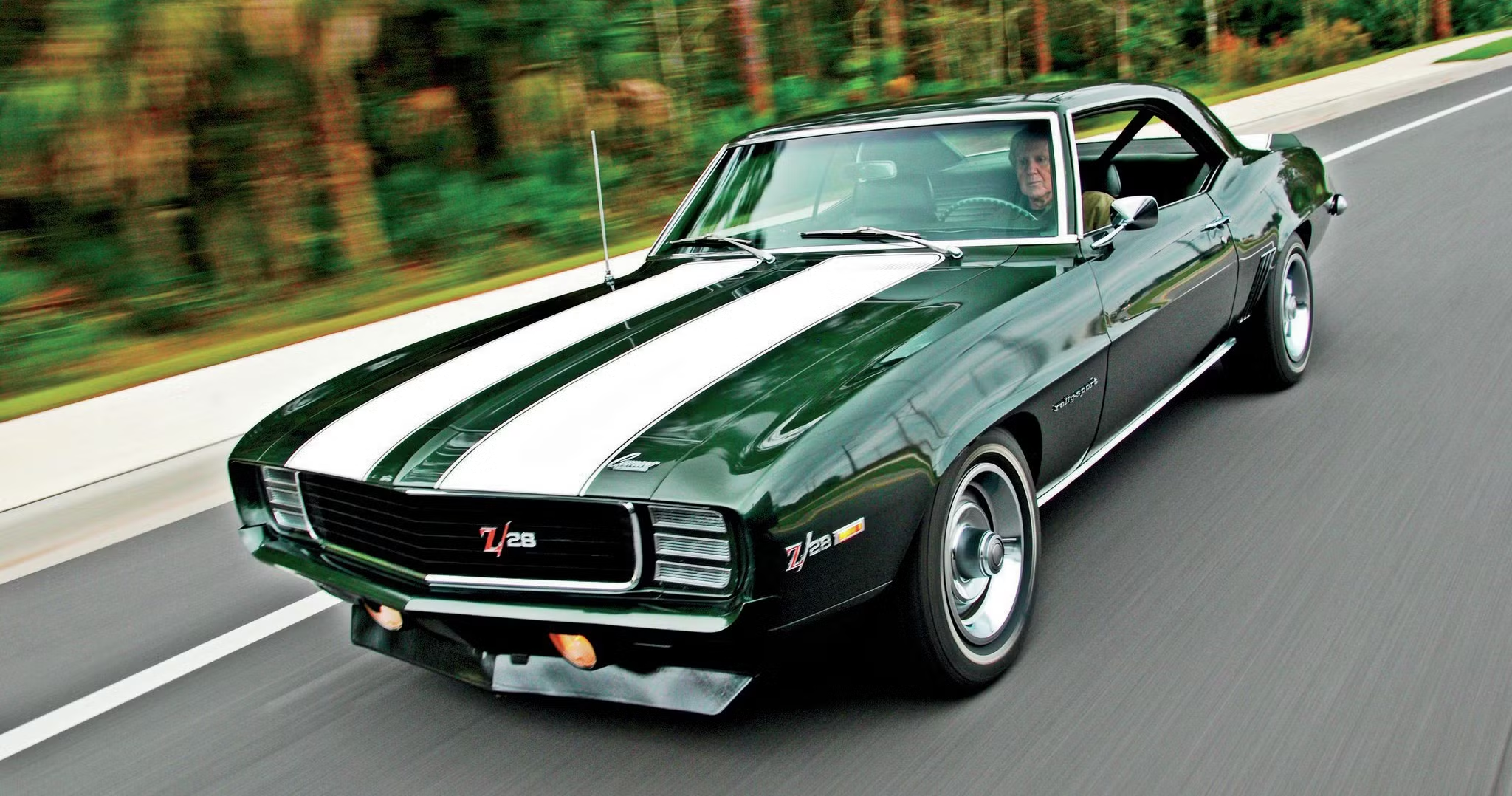
In recent decades, the American automotive industry has faced new challenges, including increased competition from overseas, environmental concerns, and changing consumer preferences. Yet, American cars continue to evolve and adapt, with a focus on advanced technology, safety features, and alternative fuel sources.
Impact of American Automotive Culture
American automotive culture has had a wide-ranging impact on society. Economically, the auto industry has been a major driver of growth, providing jobs for millions of people and contributing to the nation’s prosperity. Cities and towns across the country have been shaped by the need for roads, highways, and parking facilities.
Culturally, cars have played a significant role in American art, literature, and music. From classic movies like “American Graffiti” to songs like “Route 66,” cars have inspired creativity and captured the spirit of adventure. Car shows and rallies are popular events, bringing together enthusiasts from all over to celebrate their love of automobiles.
Socially, cars have provided a sense of freedom and mobility. Americans have used their cars to explore the country, visit friends and family, and pursue their dreams. The car has also become a symbol of status and individuality, with people customizing and personalizing their vehicles to express their unique personalities.
In conclusion, American automotive culture is a complex and fascinating phenomenon that has evolved over more than a century. From its humble beginnings to its current state of innovation and adaptation, the American car has left an indelible mark on the nation and the world. Whether it’s the roar of a muscle car engine or the sleek lines of a modern hybrid, American cars continue to capture our imagination and inspire our sense of adventure.




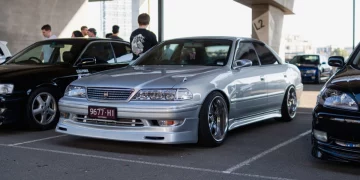

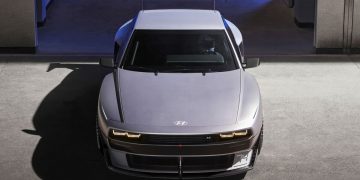
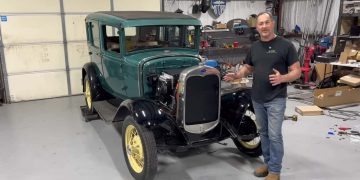
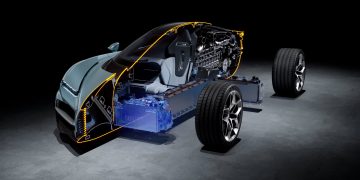


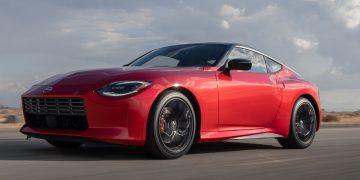









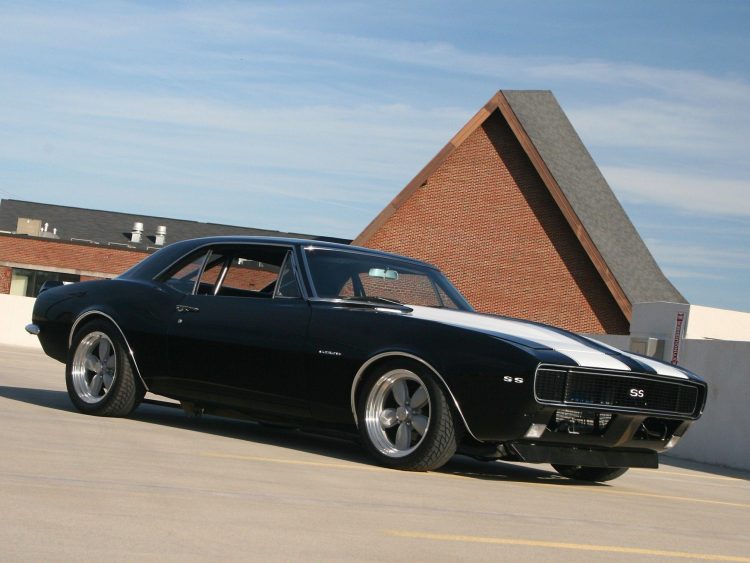












Discussion about this post